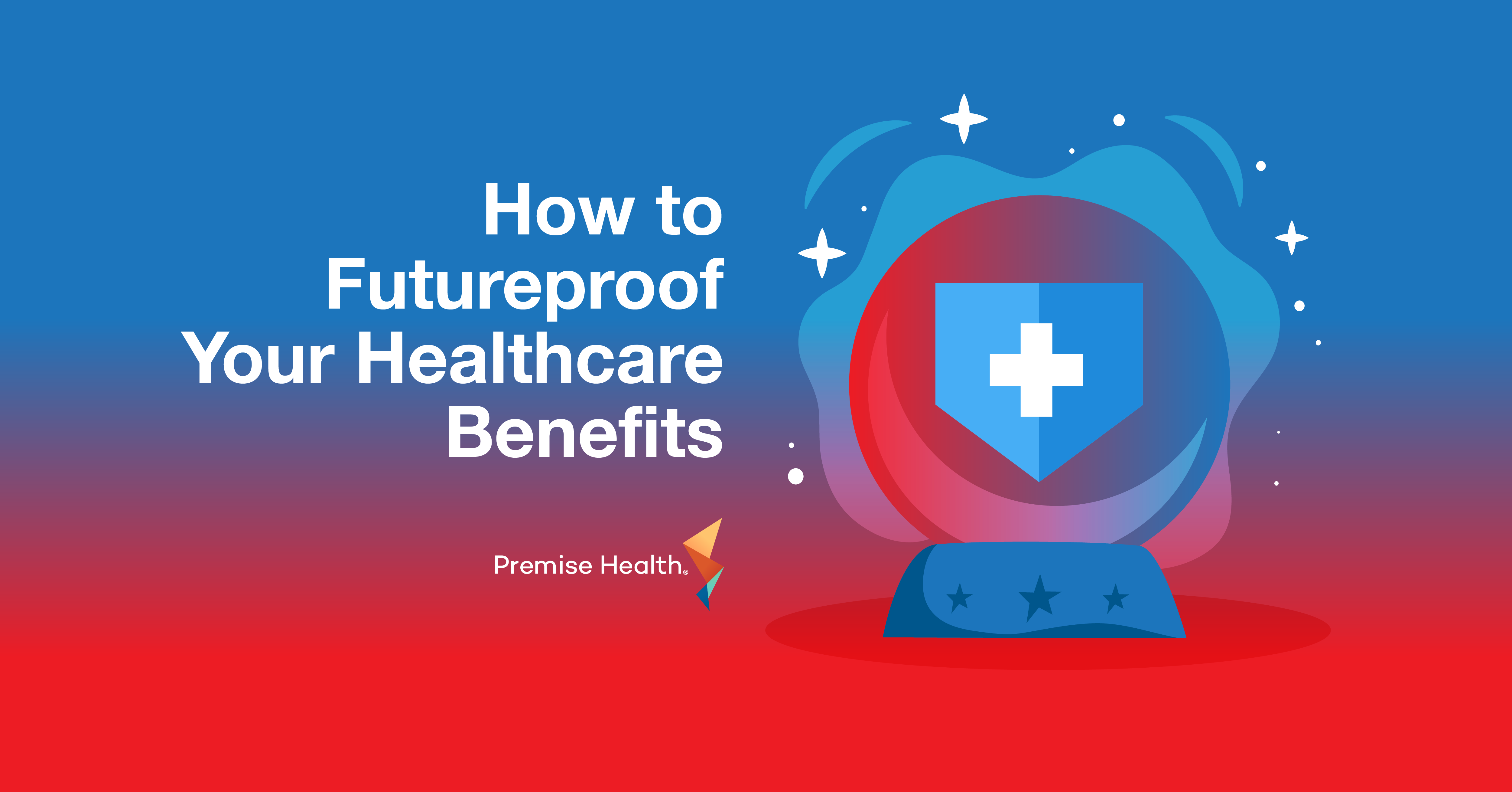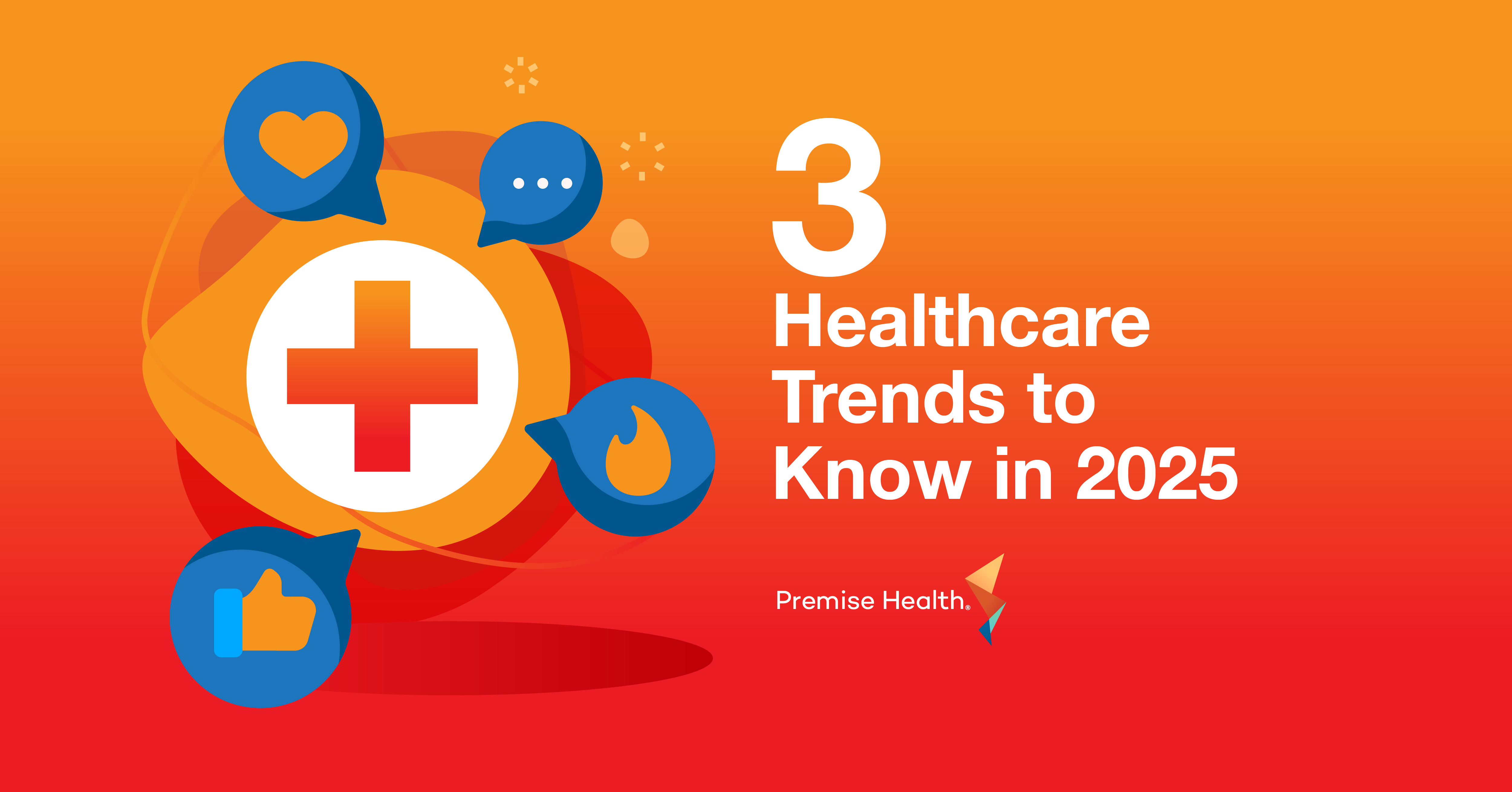4 Things Your Claims Data Can Tell You
Getting a clear picture into your organization’s healthcare costs can be difficult. A lack of insight into who is getting care and where presents significant challenges for organizations looking to get a handle on healthcare spending. However, your claims data can be a treasure trove of insights. Partnering with a healthcare provider or a claims data analysis partner lets you unlock these insights – and apply them to help your population get healthier.
Now that you have analyzed it, what can your organization’s claims data do for you?
Claims data helps you identify the most common cost drivers in your population.
The majority of healthcare spending is consistently driven by a small section of the population: members with chronic or high-cost conditions and members who are at high risk of developing these conditions. Who has been to the hospital lately or gotten a frightening diagnosis? Who is repeatedly receiving high-cost care? Having your healthcare partner analyze your claims data can help you organize members into cohorts while safeguarding their privacy. The cohorts can then be supported with high-quality preventive and proactive care and incentivized to pursue care before small issues become big problems.
Armed with a clear picture of the most common cost drivers in your population, you can help your members see why they should address their healthcare needs and coordinate more effectively with their providers. Developing comprehensive, accurate care plans drives better results for everyone
Claims data aids in evaluating clinical quality.
Your claims data can help you see if your members are receiving effective care for their needs. The data can show you what health systems, providers groups, or other community provider organizations your members are seeing, as well as if they continue to need high-cost treatment or if their healthcare needs are being met. Effective care allows them to transition to lower cost preventive and routine visits over time. A continued need for high-cost specialist interventions or inpatient admissions can indicate that members are not receiving the care they need.
Most members receiving effective support for their chronic conditions should eventually return to routine maintenance or preventive visits within the primary care ecosystem and an occasional visit to a specialist. This helps members move from high-cost to low-cost cohorts. As such, claims data can be an insightful tool in evaluating the quality of healthcare your members are receiving. While this evaluation can be complicated to perform on claims data alone, combining this analysis with clinical data collected by your healthcare partner can simplify the process and bring great insights into your population’s clinical outcomes.
Claims data can show you if your solutions are working.
It has already been mentioned that claims data can help you identify high-cost and high-risk member cohorts. Ongoing analysis will let you see change in these cohorts over time. Are existing members receiving effective care and de-escalating to lower risk and lower cost cohorts? Or are members remaining high-risk and high-cost (a potential sign of ineffective care)? By seeing these shifts, you can continue to evaluate the effectiveness of the healthcare solutions you are providing to your population and identify and address your top cost drivers.
Effective support for high-cost, high-risk member populations helps you reduce your costs by catching problems early and helping members to avoid or manage conditions before it is too late. Ineffective support will see costs remain stagnant or increase as members stay in high-cost cohorts. Claims data can tell you if your solutions are successful, or if you need to redesign your benefits approach.
Claims data shows what types of care your population needs most.
Insights into what kinds of care (primary care, cardiology, musculoskeletal, etc.) your members are seeking most can guide you in creating robust benefits packages that positively influence quality of life for your population. This information can help you identify the most relevant health plans and other benefits such as wellness programs, behavioral health support, and direct healthcare.
When you connect the right people to the right care, you can have a tremendous impact on their lives. Leveraging your claims data to design impactful benefits reduces lost time due to absenteeism, helps with retention and recruitment, and keeps costs down.
Your organization’s claims data is one of the most powerful tools available to you to care for your members and reduce healthcare costs, but means little without putting the data insights into practice. By effectively using this data to identify high-cost or high-risk members, supporting them with appropriate, high-quality healthcare, and using these insights to connect your members to care they need, you can reduce healthcare costs and help people get healthier.
Pairing an effective analysis of claims data with a supercharging element such as direct healthcare is an innovative, valuable approach to reducing healthcare costs. Supporting your population with the care they need when they need it will have positive impacts for your organization and your population.
Interested in unlocking your claims data insights? Through digital and in-person access, our onsite, nearsite, and digital wellness centers can be the supercharging element you need to make the most of your claims data. Care Management, part of our Connected Care+ solution, proactively leverages powerful data insights and primary care integration to identify, engage, and support high-cost and high-risk members. Contact us to learn more about how we can partner with you.
Next on industry insights.

How to Futureproof Your Healthcare Benefits
Read the Blog
Why Partnering with an AAAHC Accredited Organization is a Win for Your Workforce
Read the Blog